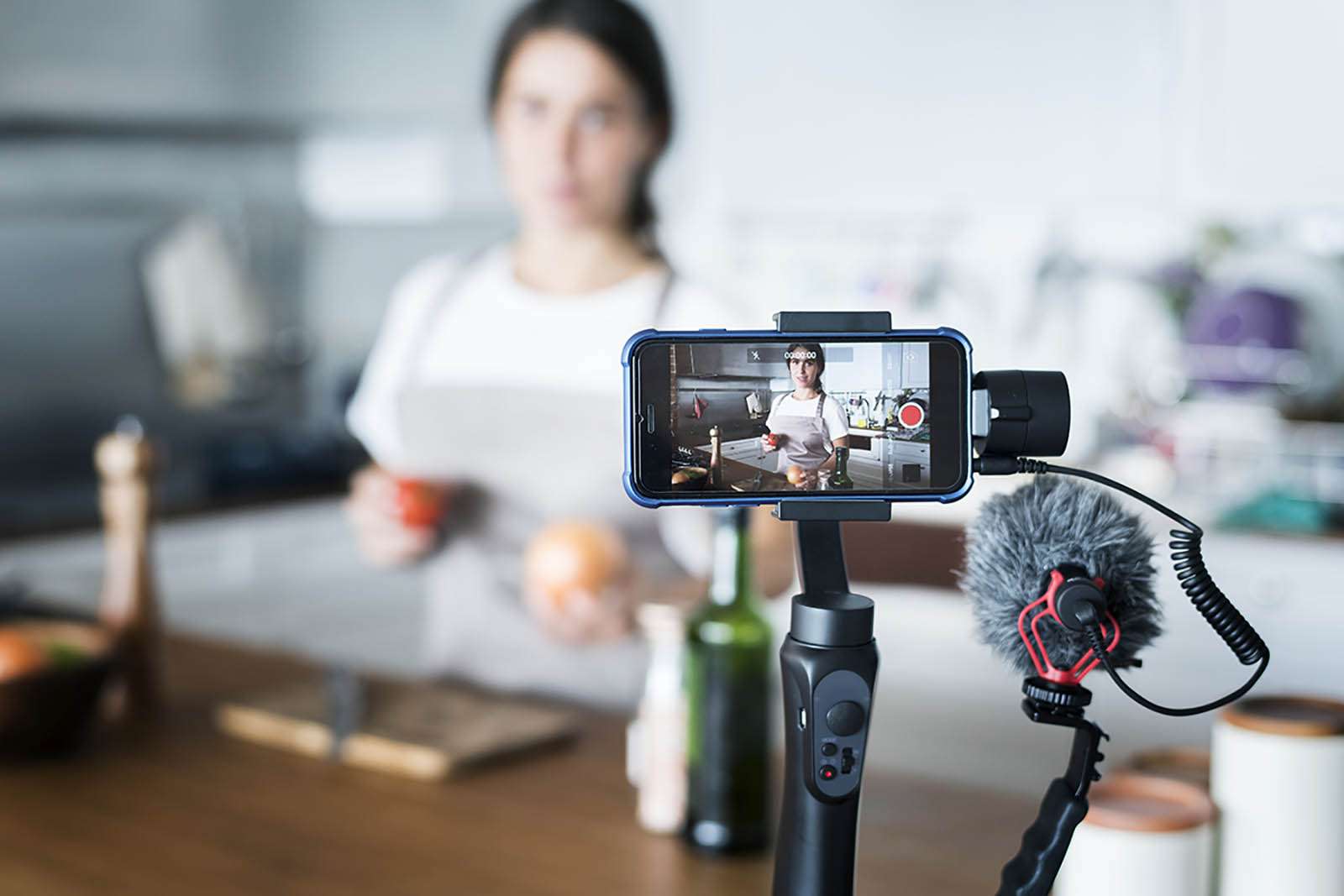
Causes of Blurry Videos
Video Compression
Compression methods used to reduce file sizes can lead to blurry videos when switching between Android and iPhone. Different algorithms may lower resolution or quality, causing a fuzzy appearance on the receiving device.
Network Issues
Poor network connectivity can degrade video quality during streaming. Slow or unstable internet connections may lead to buffering, making videos appear blurry.
Screen Resolution
Variations in screen resolutions and aspect ratios between Android and iPhone devices can impact video clarity. For example, a video recorded on an Android device with a lower resolution may appear pixelated on an iPhone.
File Formats
Differences in how Android and iOS handle file formats like MP4, AVI, or MKV can affect playback quality. Some formats may not be optimized for certain devices, leading to blurry videos.
Video Corruption During Transfer
Video corruption can occur during the transfer process, resulting in playback issues or reduced quality. Interrupted transfers, software glitches, or hardware problems can cause this corruption.
Limitations of Messaging Applications
Messaging apps often reduce video quality to conserve data, leading to blurry videos. Some apps may compress videos more significantly than others.
Fixes for Blurry Videos
Recover Blurry Videos Using Email
Sending videos via email can maintain the original resolution, avoiding compression or degradation. Follow these steps:
- Open the email app on your Android device.
- Compose a new email and attach the video file.
- Send the email to your iPhone’s email address.
- Open the email on your iPhone and play the attached video.
Convert Videos to Android-Compatible Formats
Using video conversion tools can help overcome compatibility issues. Here’s how:
- Identify supported formats on your Android device.
- Choose a video conversion tool or app.
- Install and launch the conversion tool.
- Add the iPhone video files.
- Select an Android-compatible output format, such as MP4.
- Adjust video settings if desired.
- Choose the output folder.
- Start the conversion process.
- Transfer the converted videos to your Android device.
Use Cloud Storage Services
Cloud storage services like iCloud, Dropbox, and Google Drive allow you to share large videos without losing quality. Here’s how to use Google Drive:
- Install Google Drive on your iPhone.
- Log into Google Drive with your Gmail credentials.
- Upload videos by tapping “Files” and the “plus icon.”
- Select the videos and tap “Upload.”
- Download the videos on your Android device from Google Drive.
Improve Video Quality Using Video Editing Apps
Video editing apps can enhance video clarity. Follow these steps:
- Download and install a video editing app on your Android device.
- Import the video you want to enhance.
- Adjust video settings like brightness, sharpness, and contrast.
- Preview the edited video.
- Export the clear video to your Android device.
Optimize Video Capture Settings on iPhone
Prevent blurry videos by optimizing capture settings on your iPhone:
- Clean the camera lens with a clean, dry cloth.
- Record in an environment with good lighting.
- Set the recording quality to 4K or Ultra HD in the camera settings.
Additional Tips for Avoiding Blurry Videos
Avoid Using Social Media Platforms
Social media platforms like Facebook, Instagram, and WhatsApp significantly lower video quality to conserve data. Avoid using these platforms for sharing important videos.
Use Professional Tools for File Transfer
Professional tools like AirDroid Personal ensure video quality remains intact during transfer. These tools can help avoid the issue of blurry videos.
Check Video Format Compatibility
Always check the compatibility of the video format with the receiving device. Converting videos to a compatible format like MP4 can result in smoother playback and better visual quality.
